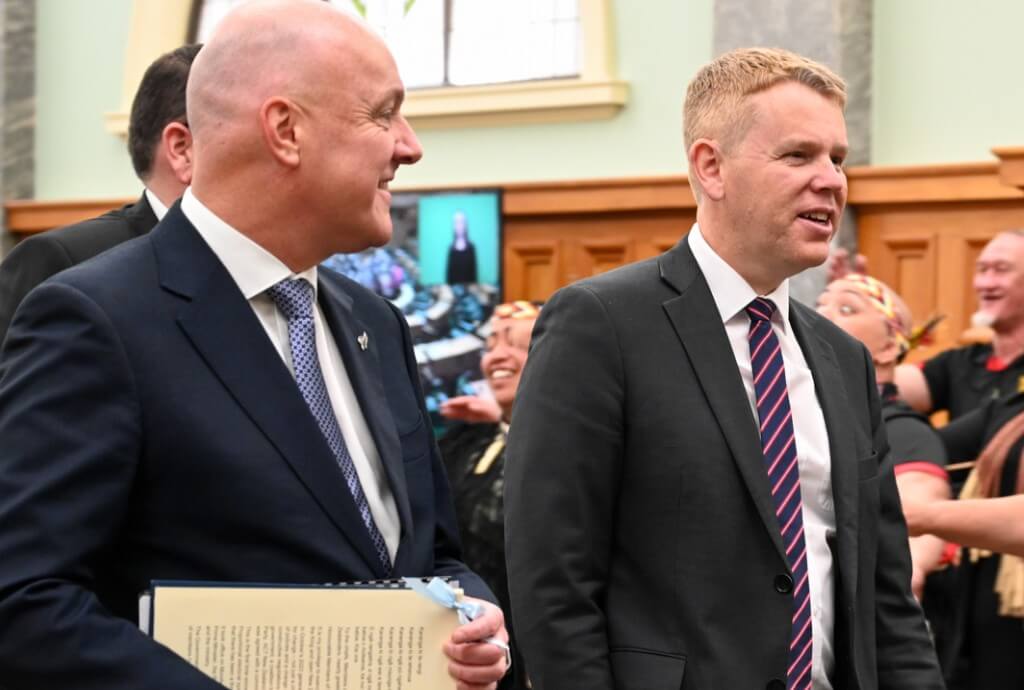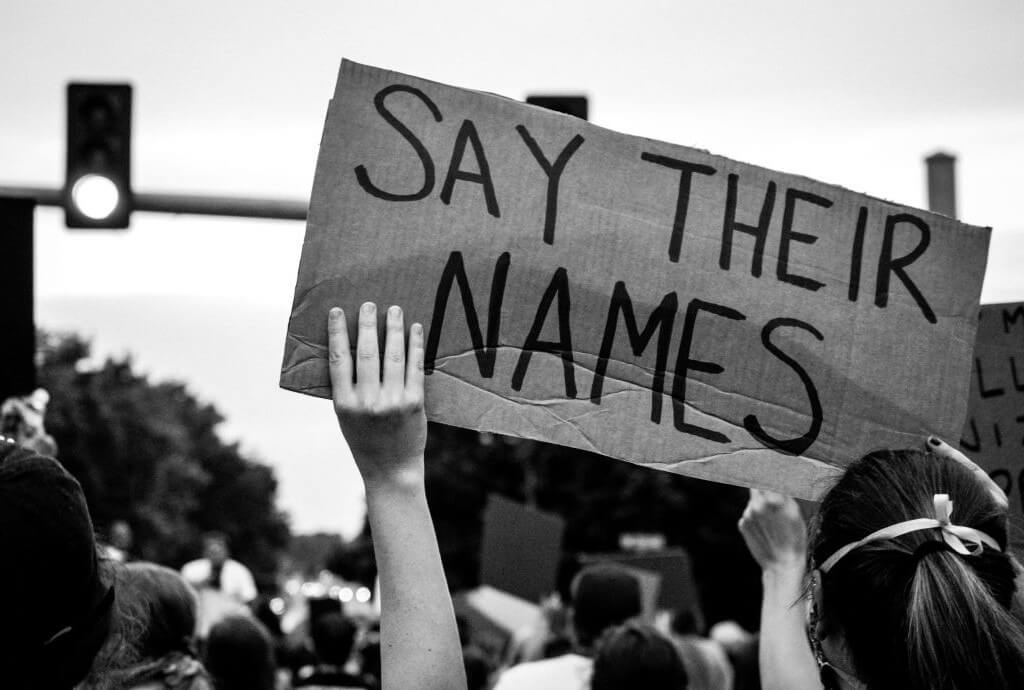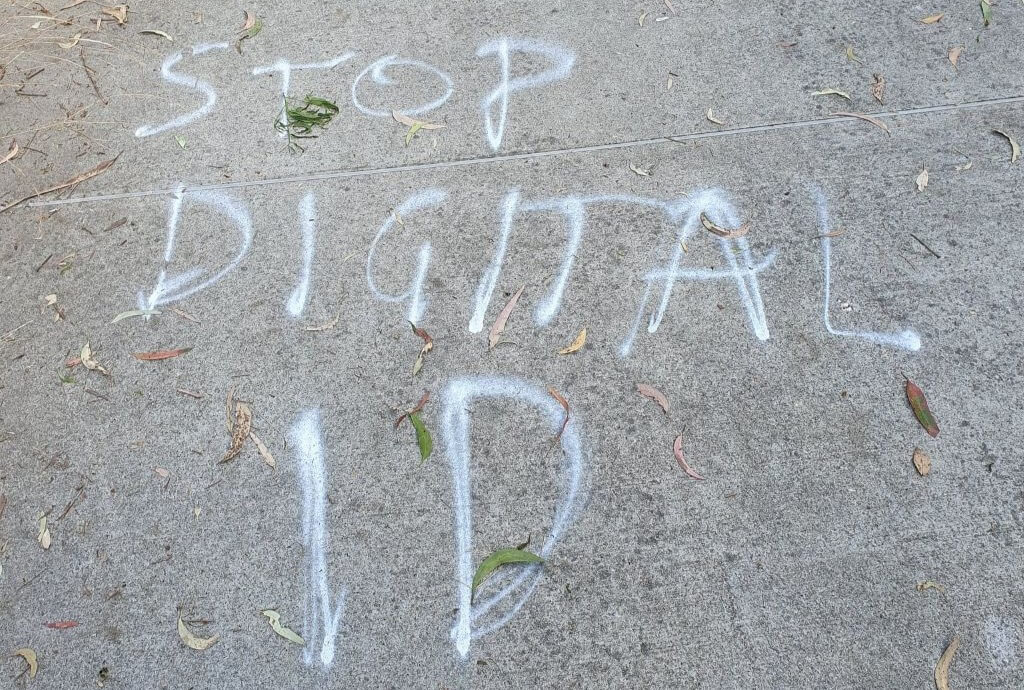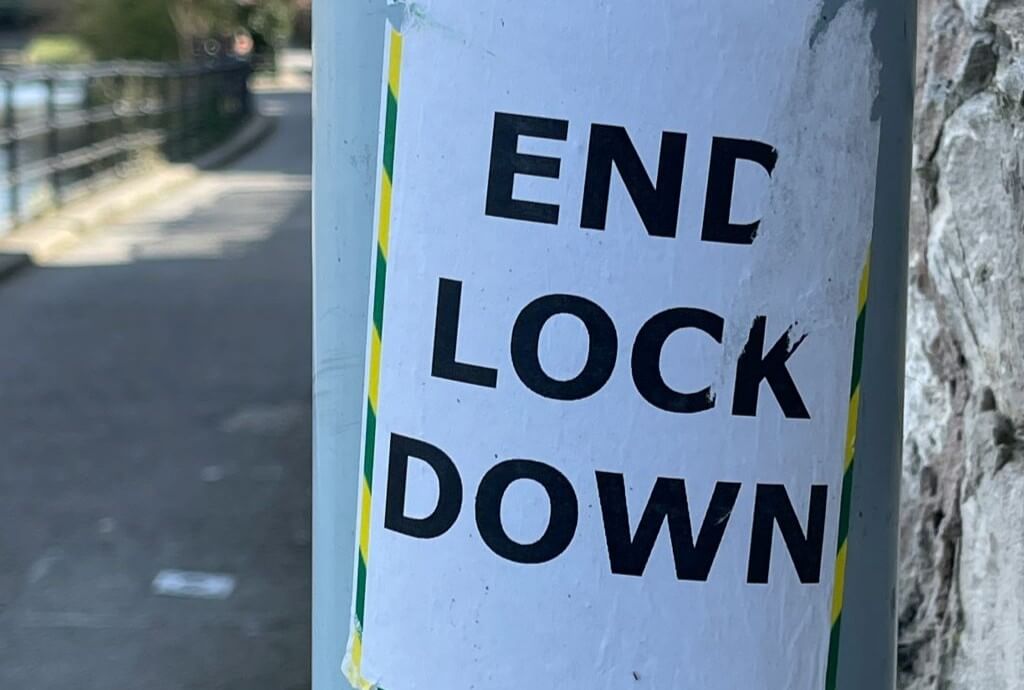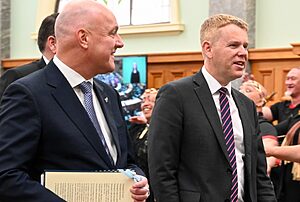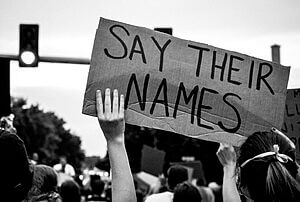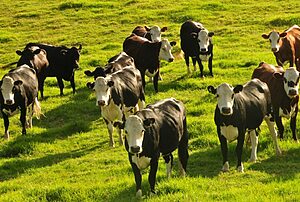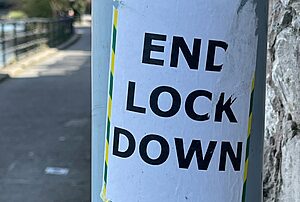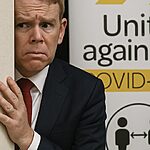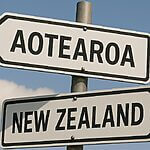Summarised by Centrist
As the 2026 election approaches, New Zealand First leader Winston Peters is pivoting from statesman to campaigner, determined to defy the party’s history of losing power after one term in government.
Peters insists internal polling places NZ First at 7% or higher, surpassing public poll estimates.
He credits the party’s steadier position to a revamped internal structure and younger members energising its operations. “In social media, we lead every other party easily,” he claims, adding that this has strengthened their grassroots appeal.
Town hall meetings, described by Peters as “old-fashioned politics,” will feature prominently in the lead-up to the election.
Coalition management remains front and centre, with Peters boasting NZ First’s extensive experience. He admits coalition relations can be “hard work,” requiring constant reminders to adhere to agreements. Referring to National’s coalition deal with NZ First, Peters notes: “Once the cash has gone out the door, the sense of obligation and rectitude quickly follows it.”
Peters has been sceptical of Prime Minister Christopher Luxon’s tax cut package, calling it a result of “wholesale political misreading” of New Zealand’s economic situation. He argues that National should have deferred promises given the economic downturn.
In 2025, Peters will step down as Deputy Prime Minister, passing the role to David Seymour of Act, and focus on his campaign as foreign minister. Peters believes this shift, coupled with his targeted grassroots strategy, positions NZ First strongly for the election.
Reflecting on NZ First’s past struggles to secure a second term, Peters remains confident. “There’s a famous guy called Al Jolson, and he said, ‘You ain’t seen nothing yet.’”

